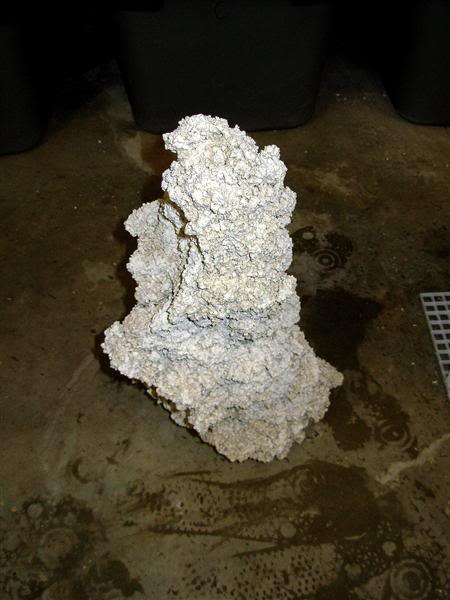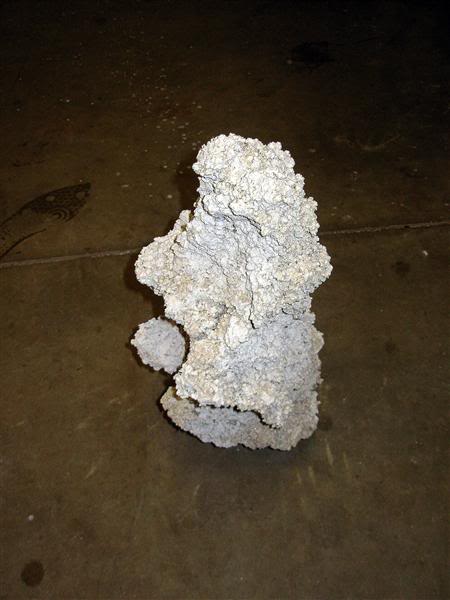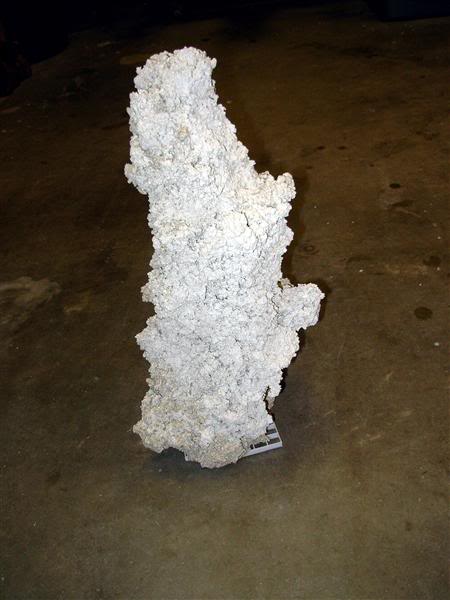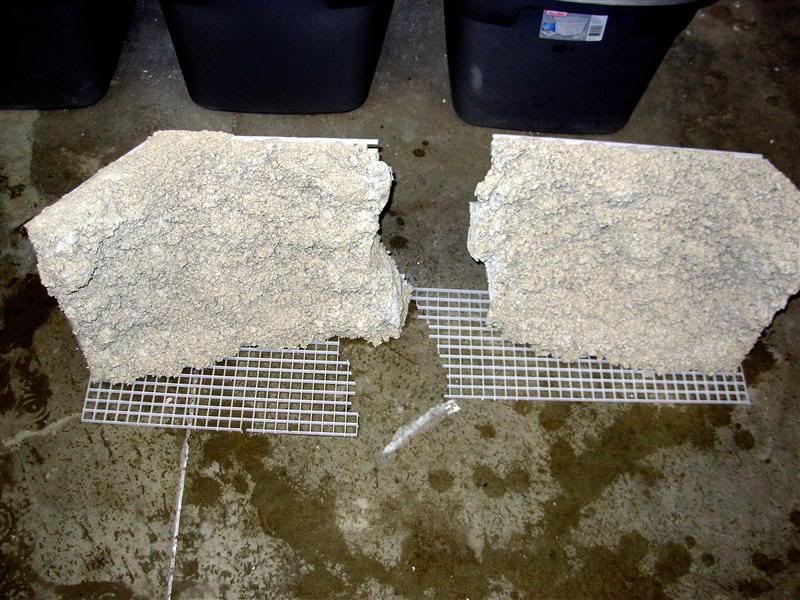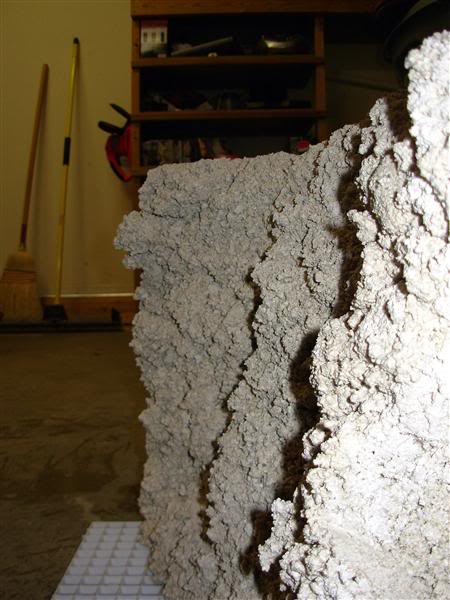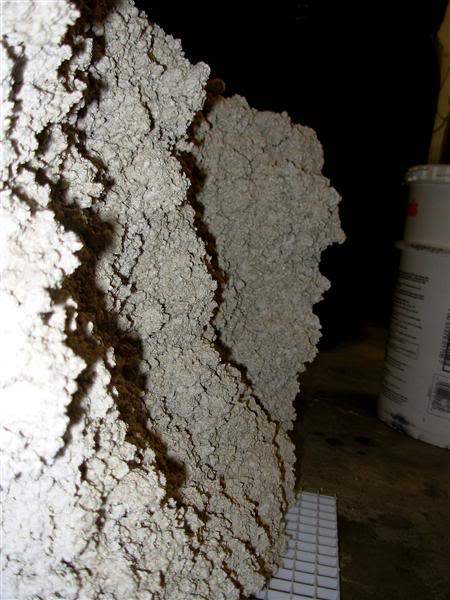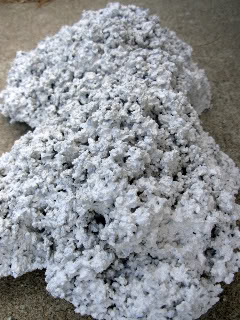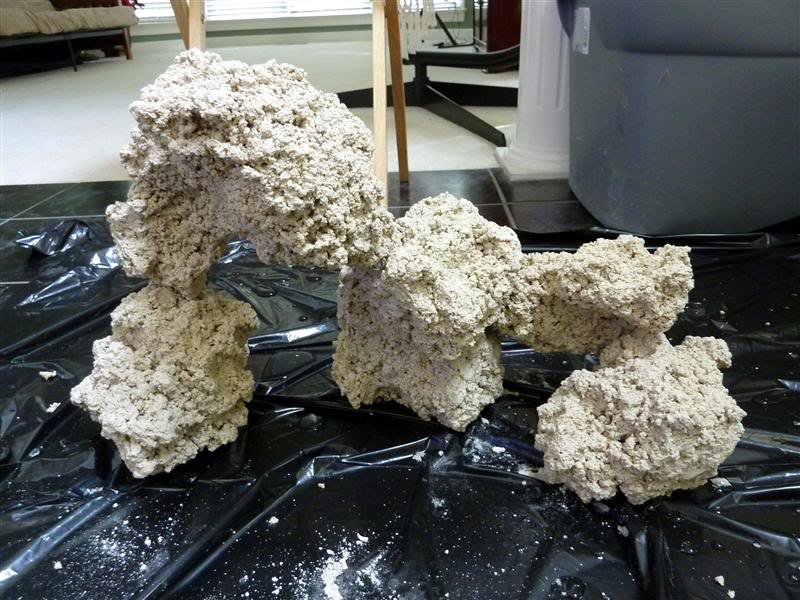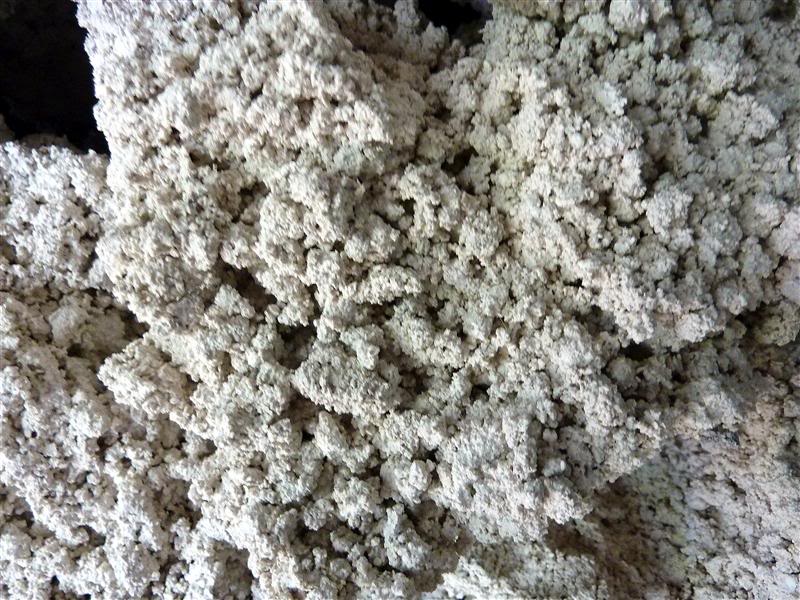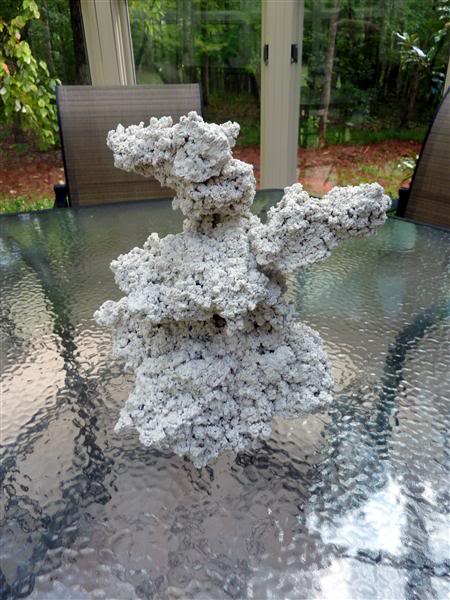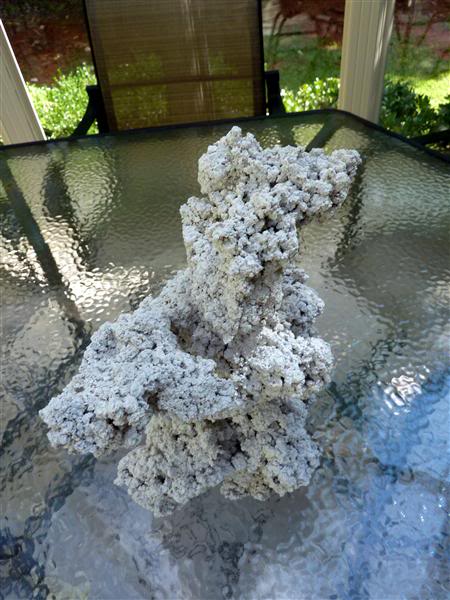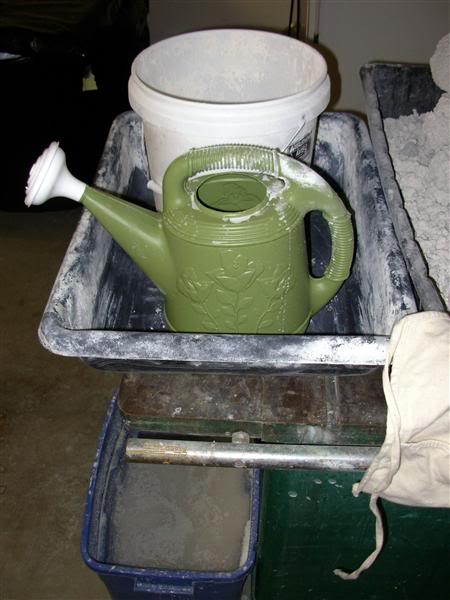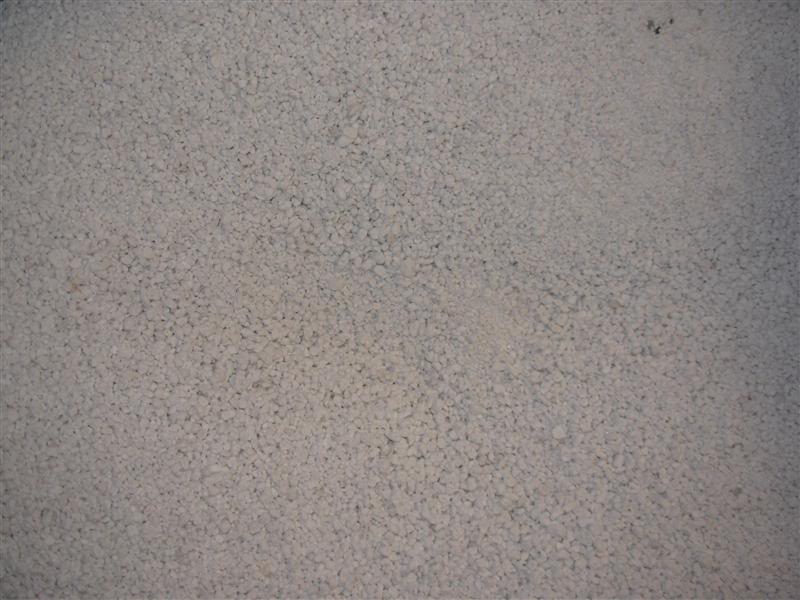Chapter 5
The Kure
If you thought the cure was easy, this step is no different. Patience is needed, but so is consistency.
Once your rock has finished the cure process, take'em out of the bag and put them in a body of water.
What type of water you may ask? Is it RO/DI water, or maybe saltwater? The good news is that it's neither. Tap water works the best, believe it or not, for kuring your DIY rocks. The issue, unsees of course, is that all tap water is different. In my area the freakin' pH is anywhere from 8.3 and higher! The pH will leech out, but usually if there is a time difference between one person over another.. that may be the cause.
I personally like having the water move when kuring. I simple pump works fine, and there really is no specific turnover to achieve. As long as the water moved somewhat, it should suffice.
As for temperature, I suggest keeping it at about room temp if possible. It seems to be the threshold to reach because it leeches the pH in the shortest time. Too cold shuts down the hydrolysis process (It's on going), but too hot forces even more hydroxides out. Too hot water causes "soft rocks" in which the pH is leeching out for extended time. It's not fun, and is a royal pain to fix.
This process can take anywhere from 1 day to weeks. Lots of factors play into this, but your goal is about a pH of 9.
How do you test your rock? Well the most common way is to take a sample from your batch. Rinse it out some before testing. Get a five gallon bucket, and fill it with old saltwater. Keeping only a heater (To avoid too big of a temp swing), and no pump.. place the rock carefully and leave for about 2-3 days. After that time period, briefly mix the saltwater and then do a pH test. Anything higher than 9, I don't suggest to use.
The Kure
If you thought the cure was easy, this step is no different. Patience is needed, but so is consistency.
Once your rock has finished the cure process, take'em out of the bag and put them in a body of water.
What type of water you may ask? Is it RO/DI water, or maybe saltwater? The good news is that it's neither. Tap water works the best, believe it or not, for kuring your DIY rocks. The issue, unsees of course, is that all tap water is different. In my area the freakin' pH is anywhere from 8.3 and higher! The pH will leech out, but usually if there is a time difference between one person over another.. that may be the cause.
I personally like having the water move when kuring. I simple pump works fine, and there really is no specific turnover to achieve. As long as the water moved somewhat, it should suffice.
As for temperature, I suggest keeping it at about room temp if possible. It seems to be the threshold to reach because it leeches the pH in the shortest time. Too cold shuts down the hydrolysis process (It's on going), but too hot forces even more hydroxides out. Too hot water causes "soft rocks" in which the pH is leeching out for extended time. It's not fun, and is a royal pain to fix.
This process can take anywhere from 1 day to weeks. Lots of factors play into this, but your goal is about a pH of 9.
How do you test your rock? Well the most common way is to take a sample from your batch. Rinse it out some before testing. Get a five gallon bucket, and fill it with old saltwater. Keeping only a heater (To avoid too big of a temp swing), and no pump.. place the rock carefully and leave for about 2-3 days. After that time period, briefly mix the saltwater and then do a pH test. Anything higher than 9, I don't suggest to use.




